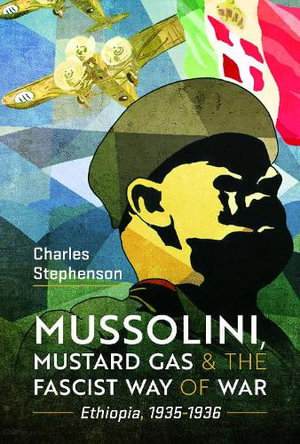
PublishedPen And Sword, March 2024 |
ISBN9781399051668 |
FormatHardcover, 224 pages |
Dimensions23.4cm × 15.6cm |
In early October 1935 and without any declaration of war some two hundred thousand men, comprising soldiers and airmen of the Italian armed forces, Fascist 'Blackshirt' Militia, Eritrean ascari and Somali dubats, invaded the independent state of Ethiopia (Abyssinia).
It was an operation entirely of choice, the chooser being Il Duce: Benito Mussolini. The resultant conflict is often described as a colonial war. Whilst it was certainly launched with the intent of turning Ethiopia into an Italian possession, it was in fact a war of aggression against an independent, sovereign, state with membership of the League of Nations. A state that had, according to one of its nineteenth-century rulers, been 'for fourteen centuries a Christian island in a sea of pagans'. The swiftness of the Italian victory resulted from their possession and ruthless use of technology; most particularly aircraft, mustard gas, and motorisation/mechanisation. Since they were fighting an enemy who possessed none of these things, then they were able to wage, indeed inaugurate, what the prominent military theorist JFC Fuller dubbed 'totalitarian warfare' or, as it became known a few years later, total war. This, he opined, was the Fascist, the scientific, way of making war. In his considered view, the Fascist Army that waged it was 'a scientific military instrument.' This book examines that campaign in military and political terms. AUTHOR: Charles Stephenson is a native of, and still lives in, north Wales. His previous works for Pen & Sword encompass: The Siege of Tsingtau: The German-Japanese War 1914 (2017); Stalin's War on Japan: The Red Army's Manchurian Strategic Offensive Operation 1945 (2021); The Eastern Fleet and the Indian Ocean, 1942 1944: The Fleet that Had to Hide (2021); and Churchill as Home Secretary: Suffragettes, Strikes, and Social Reform 1910-11 (2023). 25 b/w illustrations

